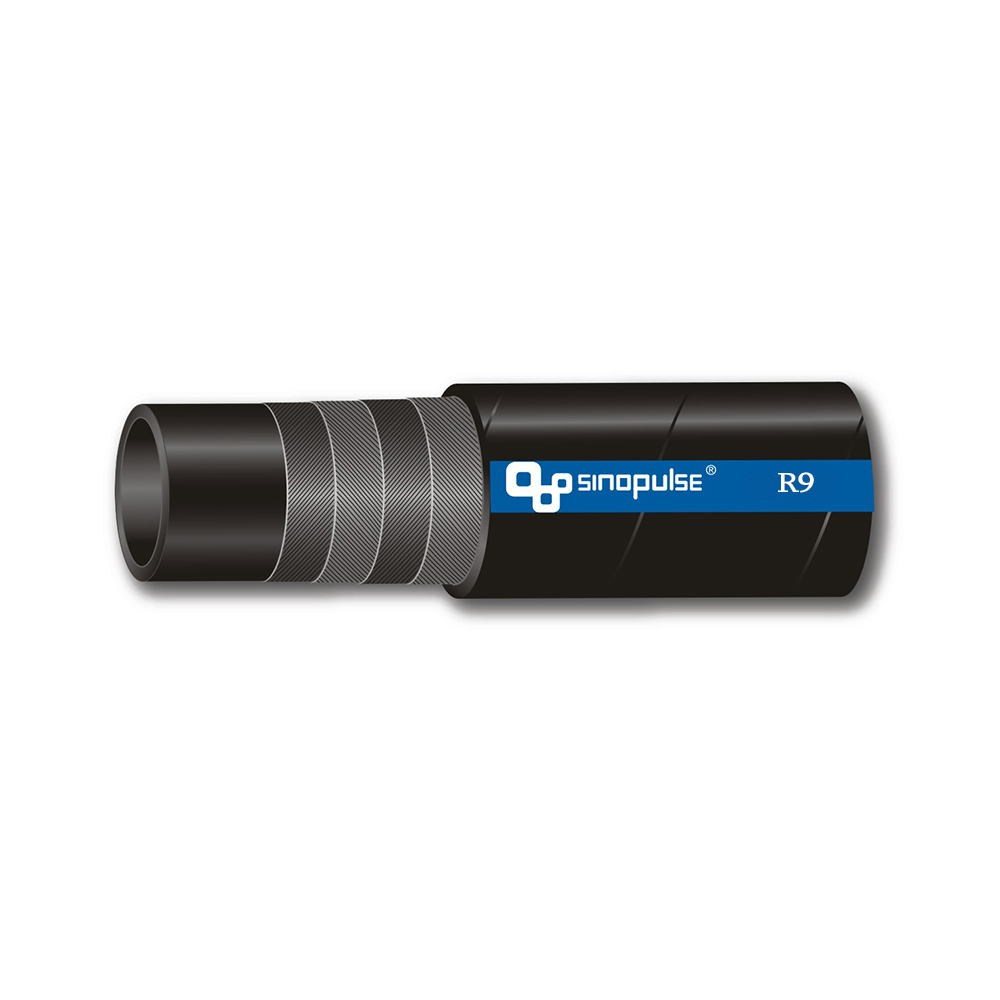Brake Hose and Tubing
Brake hoses and tubing are used to connect the brake system components of a vehicle. They are typically made of rubber or metal and are designed to withstand the high pressure and temperatures of the brake system. Brake hoses and tubing are used to transfer brake fluid from the master cylinder to the brakes and to transfer the pressure from the brakes to the wheels. They are also used to connect the brake system components to the vehicle's frame.
Brake hose SAE J1401 Designed for pressure transmission for auto, truck and trailer hydraulic pressure brake systems.
SAE J1402 air brake hose is designed for automotive air brake systems on trucks and trailers.
SAE J844 air brake hose is a kind of nylon tube which is used for air brake systems.
Unlike brake lines, which are metal tubes that run the length of the car, the short brake hoses at each wheel are made of rubber. The hose's job is to carry brake fluid from the brake tube, which is fixed to the body of the car, to the brake calipers at the wheels. Its flexibility allows the wheels to move with the suspension. Brake hoses have a lifespan of years and tens of thousands of miles, but should be inspected regularly for damage, cracks, or other signs of degradation and replaced when necessary.
How Brake Lines Work
Brake lines connect you, the driver, to the brakes at your wheels. Designed to transmit pressure, these long, thin tubes can withstand heat, tension, and pressure. They protect the sensitive internal components of the brake system from dust and moisture.
When you press the brake pedal, you activate a piston in the brake master cylinder. This pushes high-pressure brake fluid through the brake line from the master cylinder all the way to the brake calipers at the wheels.
4 signs of a bad brake line
Soft or spongy brake pedal
Brake warning light
Brake fluid leaks
Uneven brake pad wear
5 main reasons for bad brake lines
Normal wear and tear
Corrosion and rust
Physical damage
Poor materials or manufacturing quality
Lack of maintenance




